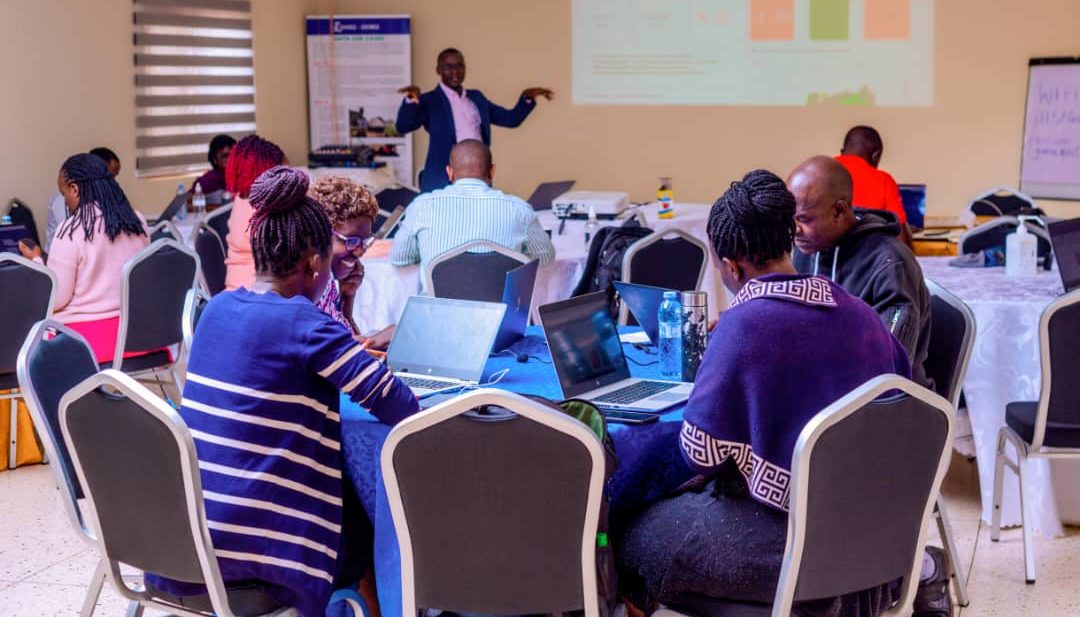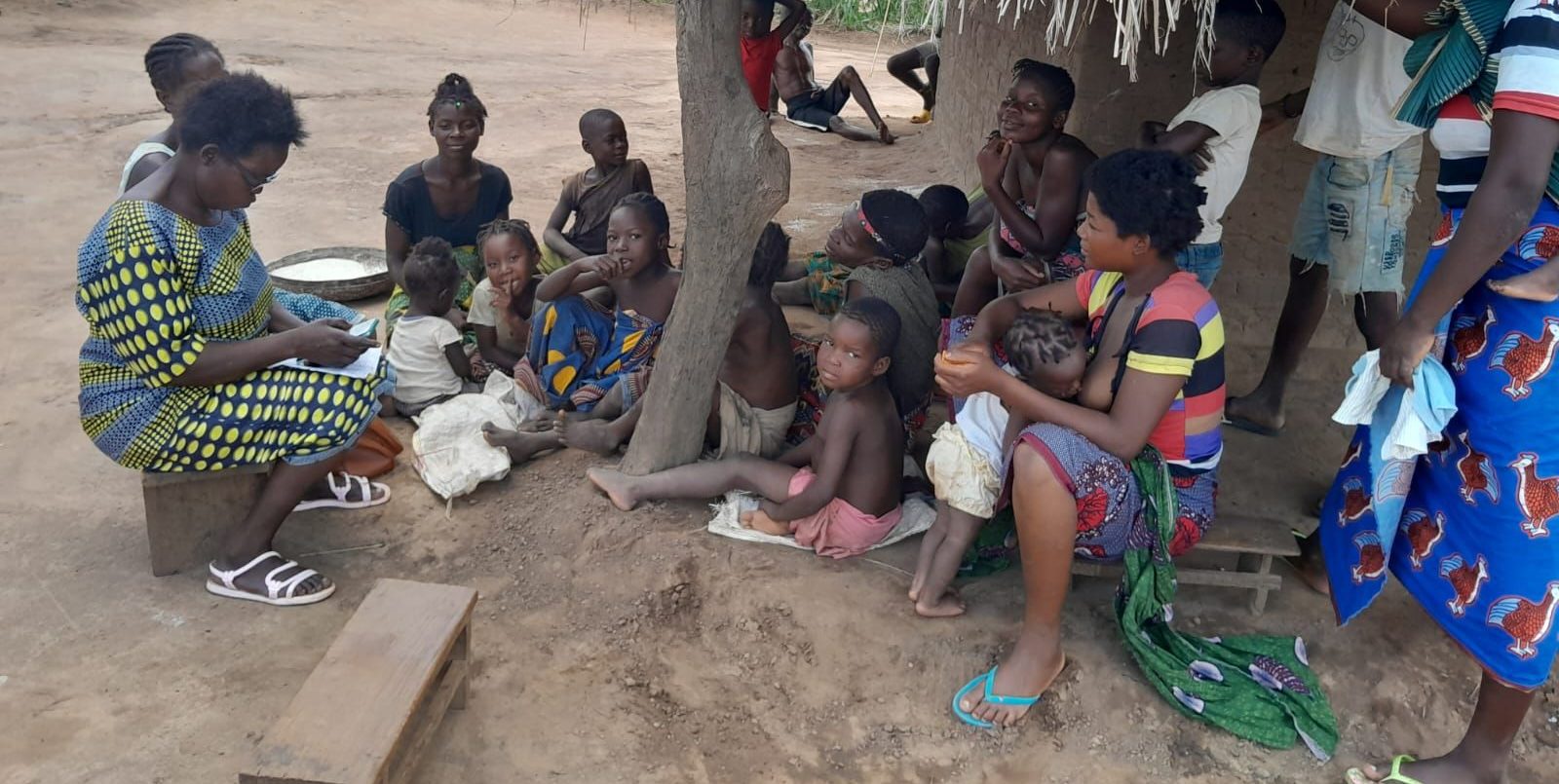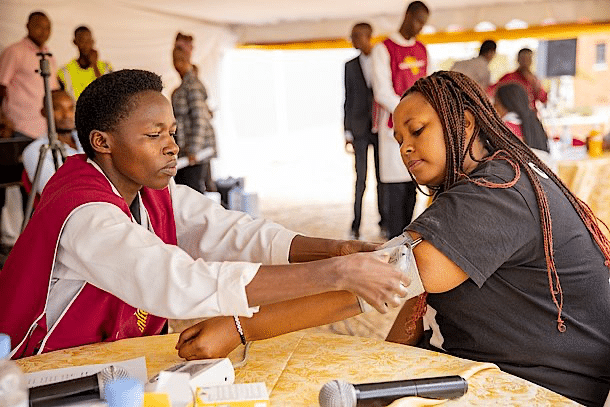Using DHIS2 to support HIV reduction for at-risk populations in Zimbabwe
The HISP network has worked with Zimbabwe, UNDP and the Global Fund to configure a DHIS2 system to support HIV prevention and treatment programs for adolescent girls and young women
The UN Sustainable Development Goals have set a target to end AIDS by 2030. A key element to meet this goal is eliminating new HIV infections. Adolescent Girls and Young Women (AGYW) are seen to be a particularly vulnerable population, especially in Sub-Saharan Africa. The United Nations Development Programme states that “Adolescent girls and young women are disproportionately affected by HIV and other sexual and reproductive health risks. Laws, policies and practices that perpetuate gender inequality, harmful gender norms and gender-based violence create barriers to access to sexual and reproductive health and rights.”
The government of Zimbabwe, through the National AIDS Council (NAC) is part of a 13 nation Sub-Saharan Africa initiative aimed at reducing HIV incidence among AGYW. DHIS2 has been used in Zimbabwe for various HIV/AIDS programs, including the PEPFAR DREAMS project. Since 2017, HISP UiO, Saudigitus, and Itinordic have worked with the National AIDS Council (NAC), UNDP Zimbabwe, and the Global Fund to design and implement an AGYW HIV Community Health Information System (CHIS) using DHIS2 Tracker that supports this initiative, and that can be integrated with Zimbabwe’s other aggregate and Tracker HIV information systems to allow for integrated analysis and management of HIV programs. This system serves as a pilot for a generic set of AGYW Tracker programs to be adapted for use in other countries.
Designing a DHIS2 system focused on reducing AGYW HIV infections at the community level
Information systems that assist health workers at the community level and support decision makers in the provision of services are a key element for achieving a reduction of new HIV infections among the AGYW population. At the decision-making level, for example, it is important to know how many girls who are identified as “at risk” have received the services that they are entitled to, while at the community or facility level, the system should provide decision support at the point of care and recommend a course of action based on the risk status of an individual client. To maintain quality and accuracy of information and help these levels operate in unison with each other, it’s essential to have a single record with crucial information that can be used to identify at risk AGYW.
The HISP team used experiences from the PEPFAR DREAMS model, the Global Fund AGYW measurement framework and CHIS guidance to design an AGYW system based on Tracker that meets these needs, structured around the following components:
- AGYW Roster and Risk Assessment: The AGYW Roster captures basic identifying information (such as name, age, gender, marital status, location), verifies the actual existence of the AGYW registered in the system, and assigns a UID to each client. The Risk Assessment provides an overall picture of the most vulnerable AGYW in the program through collecting additional information on risk factors and vulnerabilities (such as education level and student status, sexual activity, number and age of children, marital status, family HIV history, and living and economic situation) that correlate with indicators necessary for decision making in the epidemiological context. These can be updated over time in Tracker as an individual’s situation changes.
- Referrals: Facilitates referral of clients available services, linking the client across multiple referrals for services (entered as Events) through their UID. This is a separate DHIS2 Tracker program, and links to a client (TEI) through the creation of a ‘client-referrals‘ Relationship in the system. Various levels of DHIS2 security are implemented to ensure that client-related information is only accessible at the referring and receiving facilities only.
- Observation Diary: Captures HIV tests and results on a client. Each AGYW will have a single enrollment into this program, which can be linked to a set of observations (Events) using a ‘client-observation’ Relationship type.
- Service Diary: Keeps track of the programs that a client is enrolled in and services provided, providing good indicators on program performance. This program can include a range of services such as HIV treatment care and support, prophylaxis, circumcision, Post violence care (PEP), Gender-based violence prevention and treatment, Socio-economic approaches, sexuality education and more, and the outcomes or status of these services can be tracked per client.
- Context-Specific Programmes: The AGYW Tracker can be further expanded using the same generic framework to complement and extend the system to meet additional requirements.
Linking tracked entities (clients and referrals) across these programs using relationships facilitates cross-cutting analysis, allowing HIV program managers to see how many people were referred and tested, among other key indicators. Because data on HIV testing and treatment is extremely sensitive, DHIS2 sharing settings are used to ensure that the only people who can see personal or patient data are those with an appropriate need to do so.
Expanding on DREAMS and years of DHIS2 experience to build a national HIV system in Zimbabwe
DHIS2 implementation started in Zimbabwe in 2012, beginning with an NGO operating a health facility results-based financing project in 11 districts. Zimbabwe’s health authorities took an interest in the system, and adopted DHIS2 as their national-level aggregate Health Management Information System (HMIS), and later implemented a DHIS2 Malaria case-based surveillance Tracker program starting in 2014. Zimbabwe also served as a pilot country for the development and launch of the first-generation DHIS2 Android application for mobile data collection.
For HIV, multiple DHIS2 Tracker programs have been set up in Zimbabwe for different partners, and with different areas of focus, ranging from HIV testing and treatment to social and economic programs aimed at keeping vulnerable children in school, domestic violence and sexual assault services, and more. The DREAMS initiative was deployed in a few districts in Zimbabwe prior to 2018, and had been customized using Tracker to target various AGYW HIV/AIDS services and providers in the community. These programs lacked an integrated system for Monitoring and Evaluation (M&E) that could provide clinical decision support at the point of service, calculate key indicators to support decision making at different points of the hierarchy, and provide reports on globally reported indicators for AGYW in the NAC. In 2018, work began to scale up the DREAMS initiative nationwide under the NAC with the added aim of developing a generic AGYW system, taking advantage of existing DHIS2 infrastructure and capacity in Zimbabwe, assistance from the Global Fund and UNDP Zimbabwe, and implementation support from Itinordic and the HISP network.
Collaborative work on the design and implementation of this system, led by a team consisting of M&E officers and IT staff from NAC and DHIS2 experts from HISP, continued through 2019 and 2020, with some disruptions due to the start of the COVID-19 pandemic. As part of this process, NAC re-aligned their data collection forms, which were implemented in the DHIS2 system in early 2020. Customization of the system involved two main components: routine aggregate disease surveillance (collected quarterly, including diverse program areas working at the community level and reporting to the districts) and case-based surveillance, when the pilot of this system began. In parallel, development of the generic AGYW solution was carried out. 5,900 Android devices were purchased to support data collection for this system at the community level, and a variety of different organisation units are captured down to the ward (catchment area) level, including health facilities and schools.
While this AGYW system has been designed to serve the needs of HIV programs in Zimbabwe, the development of it has also benefited the DHIS2 community as a whole. The system requirements from this program identified during the design process have led to the development of new features in the DHIS2 core software to allow cross-program analytics, and the generic configuration details will be made available to the community so that other countries can deploy similar systems to improve their HIV programs for AGYW and other priority groups.
Learn more about the AGYW project in Zimbabwe through this academic paper written by HISP researchers and members of the project team.


